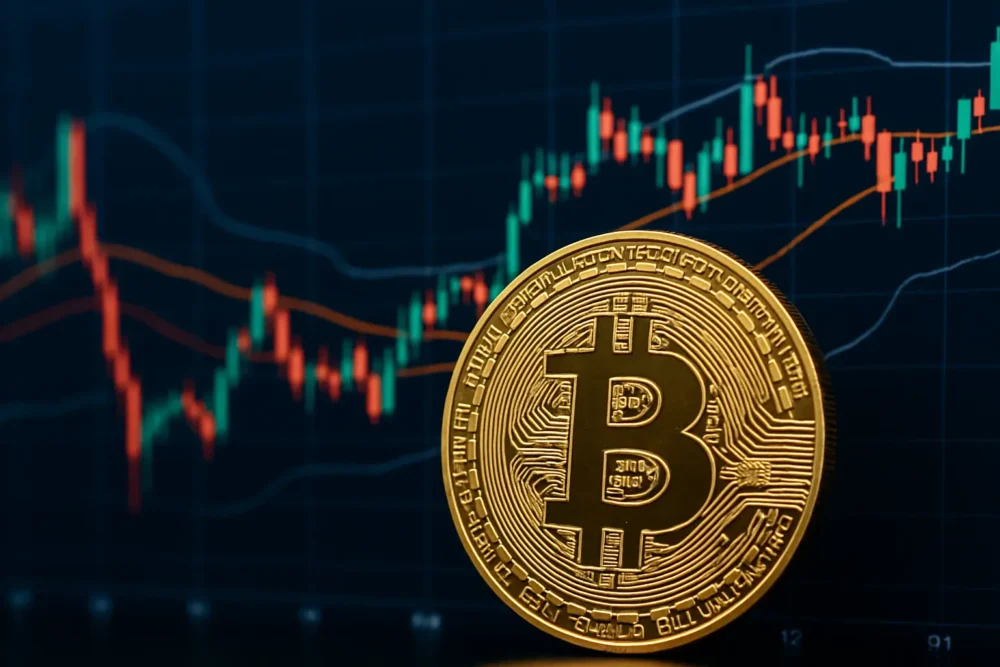Ethereum ($ETH) gas fees have hit their lowest level in over four years following the network’s Dencun upgrade in March.
According to BitInfoCharts, the average gas fee on Ethereum dropped to $1.34 on 22 June, a level which was last seen on 18 April, 2020.
When measured in gwei, gas prices hit a five-year low of 1.9 gwei on the same day, as per Dune Analytics.
Gwei, a subunit of Ether, is essential for transactions on the Ethereum network, with one gwei equating to one-billionth of one $ETH.
The reduction in fees has led to Ethereum’s supply turning inflationary since early April. Base transaction fees, which are burned by the network, have dwindled too.
Over the past month, more than 44,500 $ETH were added to Ether’s supply, growing at an annual rate of 0.45%, according to Ultra Sound Money.
Since hitting a low of 120,063,473 on 5 April, nearly 109,500 $ETH have entered circulation.
Currently, around 120,173,000 $ETH are in circulation, with close to 13,000 coins entering the supply weekly, potentially setting a new year-to-date high if the trend continues.
Impact of L2 networks on transaction volume
Despite the drop in gas fees, overall transaction volumes on the Ethereum network have not decreased significantly.
Data from Etherscan indicated that daily transactions have remained steady, ranging between 1.1 million and 1.3 million since March.
This range is similar to when 85,000 $ETH were burned in November and December. On 22 June, the network saw the highest daily transaction count since April, with over 1.31 million transactions, even as gas fees reached a multi-year low.
The decline in gas fees is largely attributed to the shift of activity from Ethereum’s base layer to its layer-2 networks following the Dencun upgrade.
Since March, average gas prices on Ethereum have fallen by about 92%. According to Layer2 Insider, layer-2 networks earned $950,000 in the past week, highlighting the migration of activity to these more cost-effective solutions.
Dencun upgrade and its effects
The significant decrease in Ethereum gas prices follows the implementation of the Dencun upgrade earlier this year.
This upgrade introduced proto-danksharding through EIP-4844, which replaced gas-intensive calldata with lighter Binary Large Objects (blobs), drastically reducing transaction costs on Layer 2 networks.
Consequently, gas fees on leading Layer 2 networks dropped by more than 90%, reducing the load on Ethereum’s mainnet.
Data from GrowThePie showed that major Layer 2 networks such as Arbitrum, OP Mainnet, ZkSync Era, and Base paid between $262,000 and $601,000 in daily fees to Layer 1 during peak activity on 5 March.
In contrast, these networks paid only a few hundred dollars to $7,500 in May, illustrating the sharp decline in the cost of posting Layer 2 transactions to the mainnet. This reduction has significantly contributed to the recent drop in Ethereum gas fees and the burn rate.
The decline in transaction fees coincided with a tumultuous week for the crypto market. Bitcoin’s price fell below the $63,000 support level, whereas, Ethereum dipped by over 5% weekly.
Despite a significant rise in the crypto market over the past six months, with Bitcoin and some altcoins reaching new highs, recent weeks have seen bearish trends. This has resulted in substantial liquidations in the leveraged market and significant losses for spot holders.


